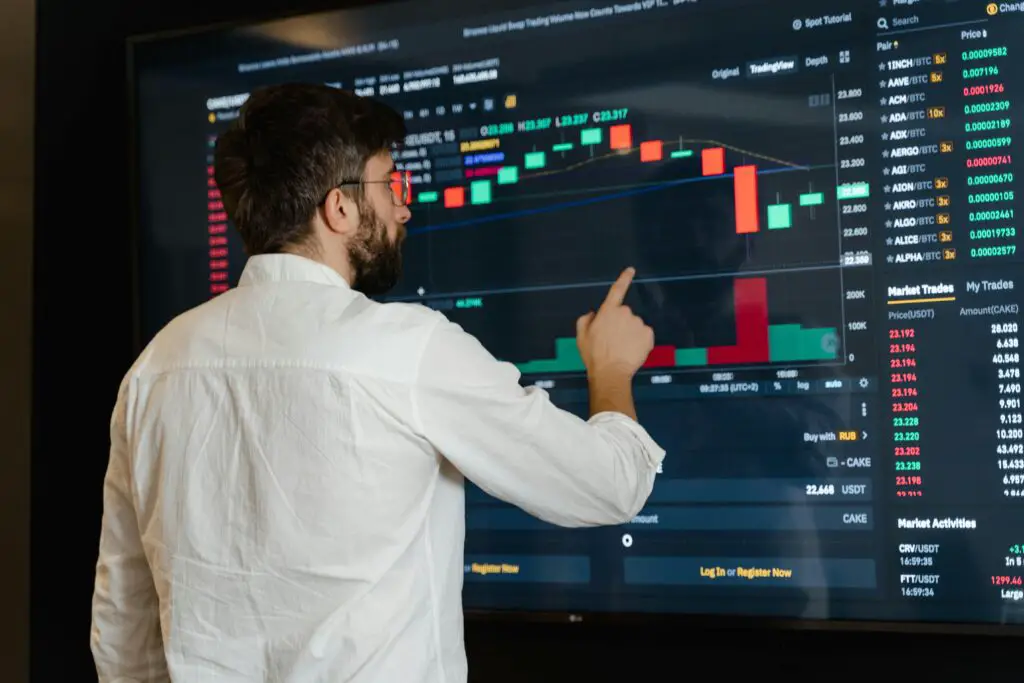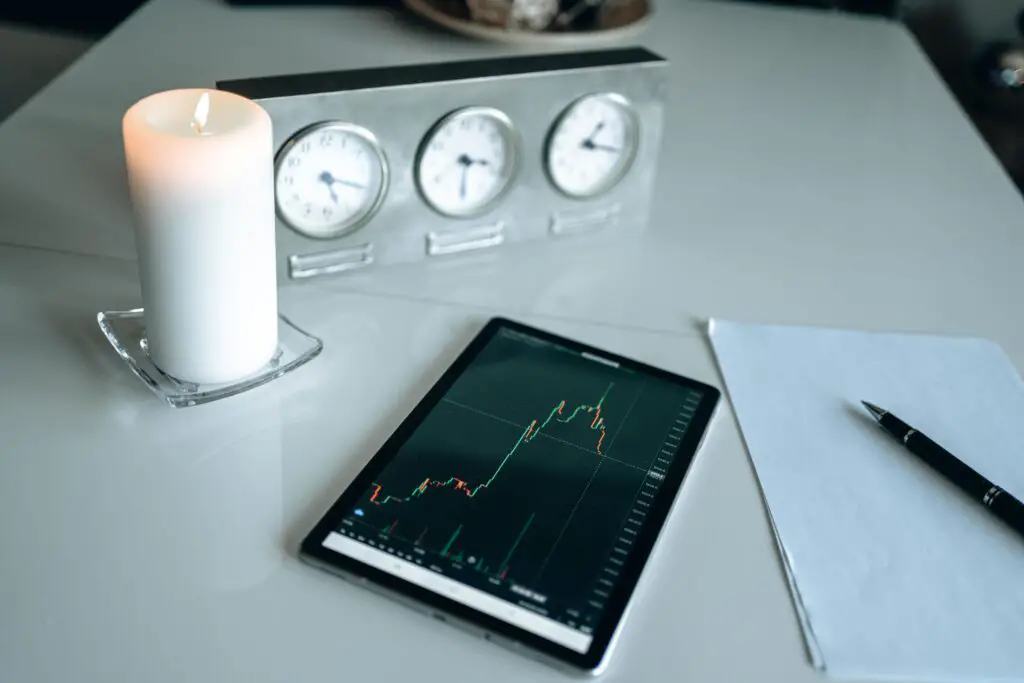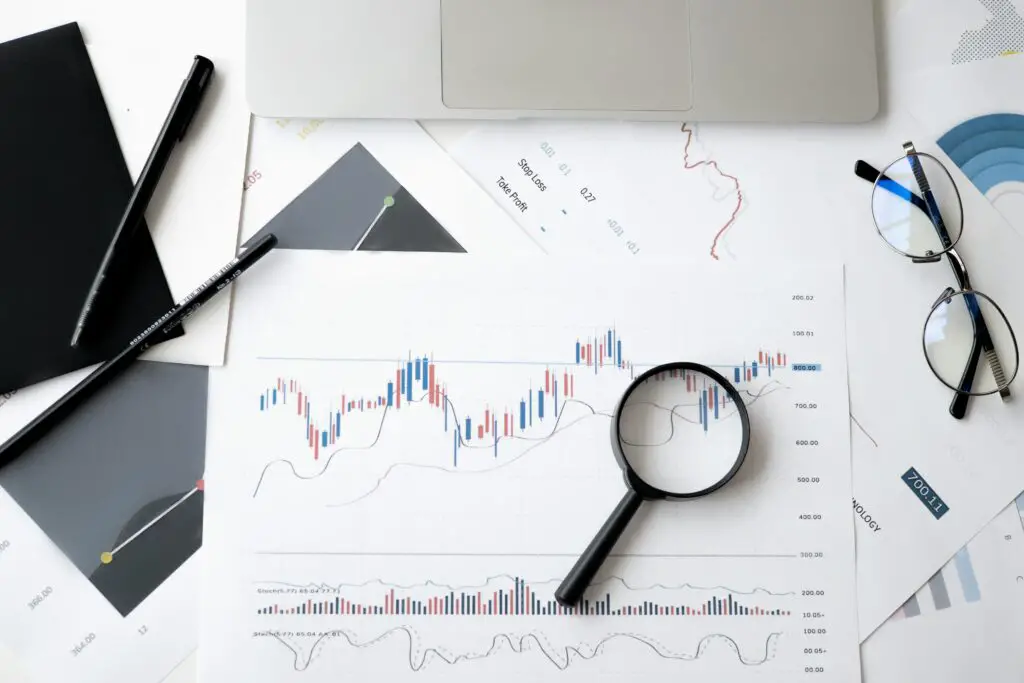Buying and selling currencies globally is the practice of forex trading, often referred to as foreign exchange trading. Currency exchanges take place digitally without a prescription in a distributed market. To successfully operate in this dynamic and often unexpected market, traders employ a range of strategies, depending on their trading style, tolerance for risk, and market circumstances.
An Overview of Trading Forex
How does Forex Trading Work?
The process of making currency trades with the goal of benefiting from changes in exchange rates is known as currency trading. With a trading volume of over six billion dollars every day, it is the biggest financial market in the world.
Forex Trading Techniques Significance
Success in the highly competitive and unpredictable forex market depends on having robust trading methods. These strategies support traders in opportunity identification, risk management, and market analysis.

Basic Computational Techniques
Understanding Financial Measures
To assess the state of economies and predict changes in currency values, fundamental analysis examines economic factors such as GDP growth, employment data, inflation rates, and central bank policies.
Macroeconomic Developments Effects on Forex Markets
Major economic events like interest rate decisions, geopolitical conflicts, and the release of economic data can significantly affect currency values. Using fundamental research, traders can forecast how the market will respond to these developments.
Applying Fundamental Analysis to Trading
Trade decisions based on elemental analysis can be made by traders who keep up with economic events and their effects on currency markets.
Strategies for technical evaluation
Overview of Technical Analysis
Technical analysis is analyzing historical price changes and market data to find patterns, trends, and levels of support, as well as resistance, that can be utilized for predicting future price changes.
Typical Technical Signals
Technical traders examine price charts and pinpoint trading opportunities using a range of measurements, including moving averages, MACD, RSI, and Harmonic retracements.
Trends and Patterns in Charts
Head and shoulders, triangles, and flags are examples of chart patterns that offer visual clues regarding possible price movements and market emotion. Trend analysis is a tool used by traders to assess the direction of the market.
Techniques for Risk Management
Risk Management’s Significance
For forex trading, avoiding losses and protecting capital require effective risk management. To control risk, traders use a variety of strategies, including position sizing and order cancellations.
Setting Take Profit and Stop Loss Levels
Orders for stop loss immediately close a trade at a predefined price level, limiting losses. With take-profit orders, traders can close a deal when an established profit objective is met, locking in winnings.

Strategies for Position Sizing
Finding the right size for every transaction based on account size, market conditions, and willingness to take risks is known as position sizing. Sizing positions correctly can reduce risk and increase profits.
Strategies That Follow Trends
Finding Trends in Foreign Exchange Markets
One aspect of following the latest trends strategies is trading that corresponds with the present state of the economy. Trading indicators and trend analysis are tools traders use to recognize and track trends.
Strategy of Moving Averages
Moving average indicators are used in the moving averages technique to pinpoint trading entries, exit points, and trend reversals. To verify the direction of a trend, traders search for crossover and price interactions with moving averages.
Analysis of Trendlines
Drawing trendlines on price charts to pinpoint levels of both resistance and support and trend reversals is known as trend line analysis. Traders use trendlines to verify the direction of trends and identify possible entry and exit locations.
Strategies for Range Trading
Range Trading Definitions
Trading inside an established price range in a stabilizing market that is not trending is known as range trading. Within the range, traders buy at levels of support and sell at resistance levels.
Employing Levels of Support and Resistance
Resistance and support levels are important price areas where buying and selling pressure is focused. Traders utilize these levels to set order for stops and profit goals, as well as find potential entry and exit points.
Bollinger Bands Technique
A popular technical indicator for measuring volatility and spotting overheated and depressed market conditions is the Bollinger Band. Traders use these bands of prices to find trading opportunities inside price ranges.
Strategies for Breakaway Trading
Recognizing Conflicts
When the price breaks out of a range of prices or after an extended period of reorganization, this is known as a trade breakdown. Traders want to take benefit of the strength of the breakout behavior.
Investing in Breakouts with Verification
To verify the strength of the breakout and stay away of false signals, traders search for breakouts that have confirmation from other technical indicators or volume analysis.
Strategies for Breaking Based on Volatility
Trading blockbusters at times of high volatility, when the market is more likely to produce notable price swings, is the focus of fluctuation-based breakout techniques. ATR and other volatility indicators are used by traders to find the best breakout trading chances.

Strategies for Scalping
How Does Scalping Work?
To profit from tiny price swings, scalping is an immediate trading strategy that entails placing multiple trades throughout the day. The goal of scalpers is to benefit from the market’s quick changes in price.
Strategies and Advice for Scalping
Scalpers reduce risk and increase earnings using strict orders to stop losses and fast trade execution. For the best prospects for scalping, they concentrate on highly traded pairs of liquid currencies with narrow spreads.
Benefits and Drawbacks of Scalping
While scalping can be extremely successful in the correct market conditions, it also requires rapid decision-making, discipline, and great attention. Additionally, expansion includes more significant transaction costs and might only be appropriate for some traders.
Strategies for Carry Trades
Finding Appropriate Currency Pairs
Traders look for pairs of currencies with a significant interest rate differential and steady economic growth in order to increase their chances of making a carry transaction. The Japanese currency (JPY) and the Australian dollar are often used carry trade currencies.
Keeping an eye on interest rate differentials
To spot possible shifts in interest rate differentials and modify their carry trade positions properly, traders keep a careful eye on central bank policies and interest rate choices.
Strategies for Trading News
Forex Trading News and Events
News trading pertains to investing techniques that leverage the market’s immediate response to noteworthy economic news releases, including but not limited to non-farm payroll (NFP) figures, central bank declarations, and geopolitical advancements.
Getting Set for Media Releases
Traders examine economic calendars and news feeds to predict market-moving events and their possible effects on currency values. They create risk management plans and trade tactics to profit from news-driven market volatility.
Using Prudence and Risk Reduction in News Trading
Because of the volatility of the market and the quick fluctuations in prices, news trading involves significant risks, even if it could offer profitable trading chances. To protect money, traders employ strict orders to stop losses and restrict risk during erratic news events.
Emotional Factors in Trading
Trading Psychology and Emotions
Fear, greed, and excessive trust are examples of psychological variables that can have a significant impact on trading performance. To counter these obstacles, successful traders cultivate psychological resilience and emotional discipline.
Breaking Through Psychological Obstacles
Traders employ strategies including writing, behavioural therapy, and meditation to control their emotions and have a level head during trading. Rather than concentrating on immediate outcomes, they prioritize permanent consistency based on process goals.
Common Mistakes to Avoid
Stay Clear of Overtrading
Excessive trading, or overtrading, can result in poor judgment, psychological exhaustion, and higher trading expenses. Traders should wait for high-probability trading opportunities, emphasize quality over quantity, and refrain from trading out of boredom or impatience.

Not Sticking to the Schedule
Diversions from the trading plan may compromise discipline and consistency in trading. To prevent making snap judgments and uphold accountability, traders should adhere to their established entry/exit criteria, risk management guidelines, and position size tactics.
Ignoring Risk Management
Ineffective risk management can wipe out trading accounts and result in significant losses. Using stop losses orders, diversifying their trading portfolio, and putting capital preservation first are all recommended for traders to reduce risk and protect against unexpected market events.
Conclusion
Through forex trading, individuals can get greater benefit from currency swings in the international market. Continuous success in the forex market can be achieved by traders who understand trading, use effective trading tactics, and carefully manage risk.